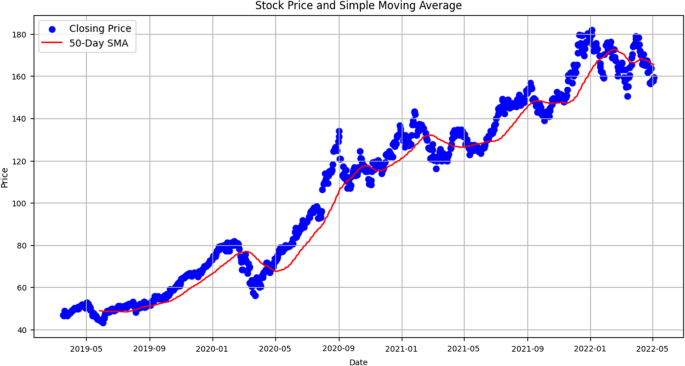Investing in the stock market can feel like navigating uncharted waters, especially when you’re just starting out. Among the many calculations investors use to track their portfolios, one of the simplest yet most useful is determining the average price of a stock. This figure helps you understand your overall investment cost, evaluate your profit potential, and make informed decisions about whether to hold, sell, or invest further.
This guide will walk you through the concept of finding the average price of a stock, explain why it matters, and provide simple methods to calculate it—including the use of tools like a share average calculator. By the end, you’ll feel confident managing your portfolio like a pro.
Why Knowing the Average Price of a Stock Matters
Stocks fluctuate in price every day, and as an investor, it’s not uncommon to buy shares of the same company at different price points. For example, you might buy 10 shares of a stock at $100 each today and another 10 at $120 each next month. Without calculating the average price, it becomes difficult to gauge your real investment cost or assess whether selling at a certain price would yield a profit.
Key Reasons to Track Your Stock’s Average Price:
- Understand Your Investment Cost: Knowing the average price gives you a clear picture of how much you’ve paid per share over time.
- Assess Profit Margins: By comparing the stock’s current price to your average price, you can easily determine your profit (or loss) margin.
- Inform Future Investment Decisions: If the stock dips below your average price, you might find it an opportune moment to buy more shares and reduce your average cost.
What Is the Average Price of a Stock?
The average price of a stock refers to the weighted average cost per share you have paid over multiple transactions. It accounts for both the number of shares purchased and their respective purchase prices.
For instance, let’s say you bought the following:
- 5 shares at $50 each
- 10 shares at $70 each
The average price per share isn’t just a simple mean (add $50 and $70, then divide by 2). Instead, it’s calculated based on the total cost divided by the total number of shares, reflecting the true cost of your investment.
How to Find the Average Price of a Stock
There are several ways to calculate the average price, ranging from manual math to online tools like a share average calculator. Here’s a breakdown.
Method 1: Manual Calculation
To compute the average stock price manually, follow these steps:
Formula:
Average Price of Stock = Total Investment / Total Shares
Step-by-step Example:
Imagine you’ve made three stock purchases:
- Bought 10 shares at $100 = $1,000
- Bought 20 shares at $110 = $2,200
- Bought 15 shares at $120 = $1,800
- Calculate the Total Investment:
- Calculate the Total Shares:
- Find the Average Price:
- Time-saving: Skip the manual math.
- Accuracy: Reduce the risk of human error.
- Accessibility: Most calculators are free and available online.
Recommended Share Average Calculators:
Some popular options include:
- Your brokerage platform (many popular tools have built-in calculators).
Method 3: Spreadsheet Tools (e.g., Excel or Google Sheets)
If you want greater control over your calculations, spreadsheets come in handy. Follow these steps in Excel, for instance:
- Create columns for Date, Number of Shares, Price Per Share, Total Cost, and Average Price.
- Enter Transactions—list every stock purchase with its details.
- Calculate Total Cost (Number of Shares x Price Per Share).
- Find the Average Price:
- Use portfolio management apps (e.g., Personal Capital, Sharesight) for automated tracking.
- Save all trade confirmations from your brokerage for quick reference.
- Review your portfolio regularly to identify opportunities for cost reduction or rebalancing.
Final Thoughts—and Your Next Steps
Knowing how to find the average price of a stock is a fundamental skill for investors. It empowers you to understand your investment costs, evaluate profitability, and make smarter decisions moving forward. Whether you use manual calculations, a share average calculator, or a spreadsheet, the process is simple—and essential.
Investing is all about making informed decisions. The next time you’re considering buying, selling, or holding shares, take the time to calculate your stock’s average price. This small action can have a big impact on your success as an investor.
If this guide was helpful, feel free to share it with others—and don’t forget to bookmark your favorite share average calculator for future use!






